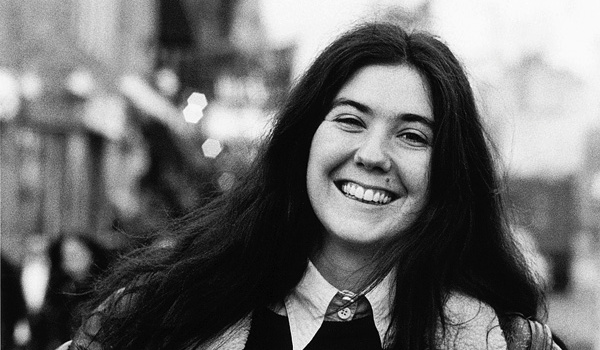In January 2010, Canadian folk singer-songwriter Kate McGarrigle lost her life to a rare form of cancer. A talented group of family and friends paid tribute to her in a series of concerts that have come to be the soundtrack to the poignant and moving documentary SING ME THE SONGS THAT SAY I LOVE YOU.
Performers include Kate’s children Rufus and Martha, sister Anna, and singers Norah Jones and Emmylou Harris. Much of the film’s focus is on Rufus, Martha and Anna (with whom Kate gained prominence in a duo), as her family reveal their grief and suffering through personal tributes between songs. Rufus, a successful singer-songwriter himself, is flamboyant and very likable, and appears to have been hit especially hard by the loss of his mother. For audiences unfamiliar with Kate, the documentary is as much about the loss of a mother and its impact on a family as it is about the death of a star.
This poignant element is aided by a lyricism which charmingly depicts the background stories of the songs and their significance to the performers. One notable example is a performance by Rufus and Martha of First Born, a song about the special love mothers have for their first born sons, which Rufus humbly declares was written about him. Humour is scattered throughout the concert, maintaining a sense of light-heartedness alongside the sadness, which is highlighted by a memorable performance by comedian and talk-show host Jimmy Fallon with a wash board, two spoons and tap shoes. The enormous talent of everyone involved in the film is obvious, the singing perfect, the music beautiful, and Jimmy’s comments that the family are like a talented Brady Bunch certainly ring true.
Spectators are left wanting more of the beautiful cinematography and poetic quality of the film’s opening quarter.
Intense black and white shots of interviews with Kate’s children are juxtaposed with uncomplicated, static images from the concerts, hopping from a cinematic to a documentary style. While the plain concert cinematography may be understood as a method simply used to document the performances, an unobtrusive style implemented to keep the audience’s attention on the music, spectators are left wanting more of the beautiful cinematography and poetic quality of the film’s opening quarter. As the documentary progresses, such scenes become fewer and farther between, bringing the concert completely into focus, a blessing for fans of Kate McGarrigle’s music, but a hindrance to audiences expecting a clear and complete documentary film.
This imbalance presents an interesting combination of genres, switching in seconds from a highly subjective and personal documentary to a standard concert. The film seems to suffer with an identity crisis; it performs exceptionally well as a fascinating documentary with insight into the life, death and family of Kate McGarrigle, but also does everything expected of a concert film. With the whole performance released on CD, fans skipping the film will not miss much.
Kate’s popularity amongst her family and friends is evident, and she is greatly missed; SING ME THE SONGS THAT SAY I LOVE YOU is brimming with talent, attractive cinematography and a great soundtrack, but the absence of the enthralling backstage and interview scenes creates a void.


